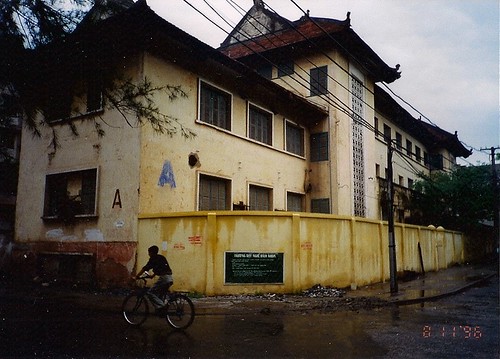Here, in these two chapters, the tone of the book probably begins to irritate some critics. However, to those who’d cry bias, I would say that the story told here corresponds well with the modern history of Vietnam that I learned, in Vietnam. And that’s as it should be. The American story has been told countless times, in multiple ways: the stories of the American forces, the stories of policy and state department decision-making. Here we have a view of all the parts—not just the American story, but the Vietnamese story, which includes Diem’s government, ARVN, the NLF, and all the other groups and unaligned residents of the country.
And Young does not only skewer the Americans for their absurd strategy. But of course, the strategy is absurd. She notes that, even as they try to apply the Korean insurgency situation to Vietnam, they know that they misinterpreted Korea as well—that the insurgency was coming from within the south, and not only from the north. She also makes it very clear that Diem was no improvement over Bao Dai, in terms of the American choice for a puppet ruler (my words, not Young’s). Even as the Americans, with perhaps good and generous intentions, flood the south with building materials, goods and weapons, they are quickly squandered and appropriated by Diem’s corrupt officials.
Furthermore, neither Diem nor the Americans seem to be able to understand that each killing of a “Viet Cong” creates another NLF supporter from a previously unaligned citizen. As impossible as this is for me to believe, this strategy of removal appears to still be the basis of American foreign involvement (in Afghanistan or Iraq, for instance). Different, perhaps, is the ideological strength of the NLF, and their ability to promote change from within—even within Diem’s government, even in Diem’s strategic hamlets. These changes include land reforms and education for both genders—which makes it much easier for me (personally) to feel more positively towards the NLF than say, the Taliban. Nevertheless, Young’s blunt assessment of our mistakes in Vietnam really ought to inform our modern government-building strategies, if not end them altogether.

Ho Chi Minh's residence, 1958-1969 (MEW, 1996)


